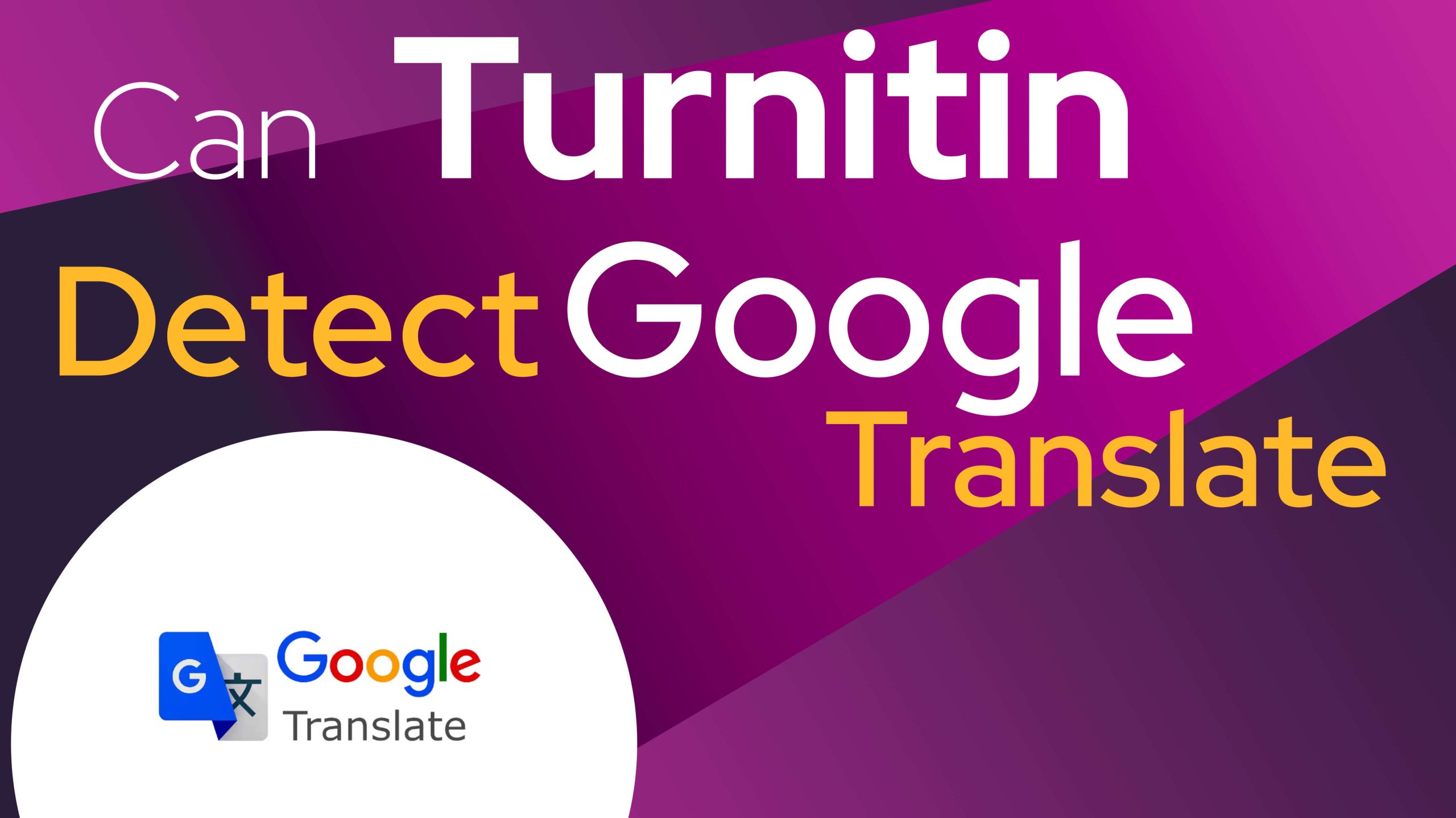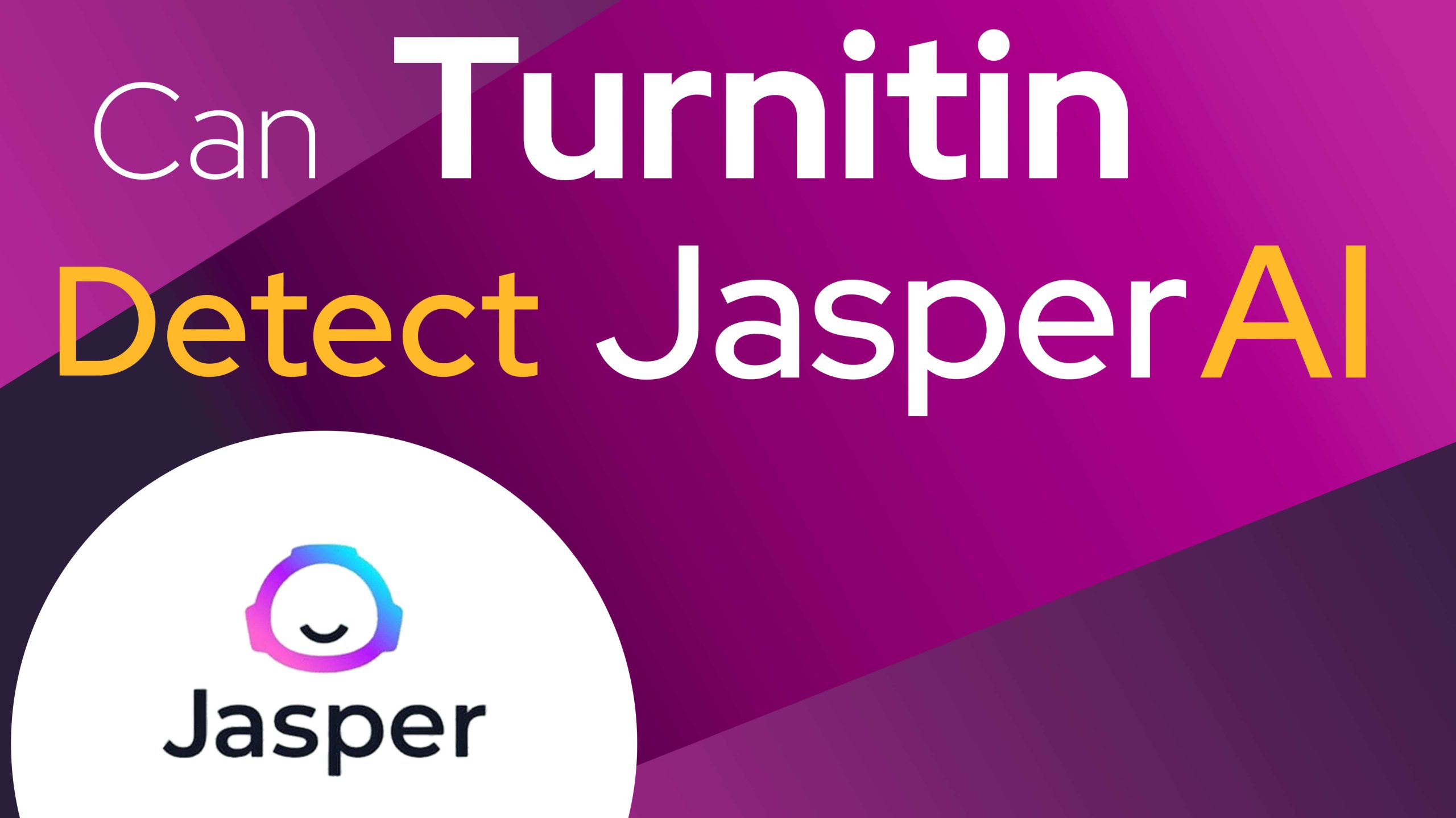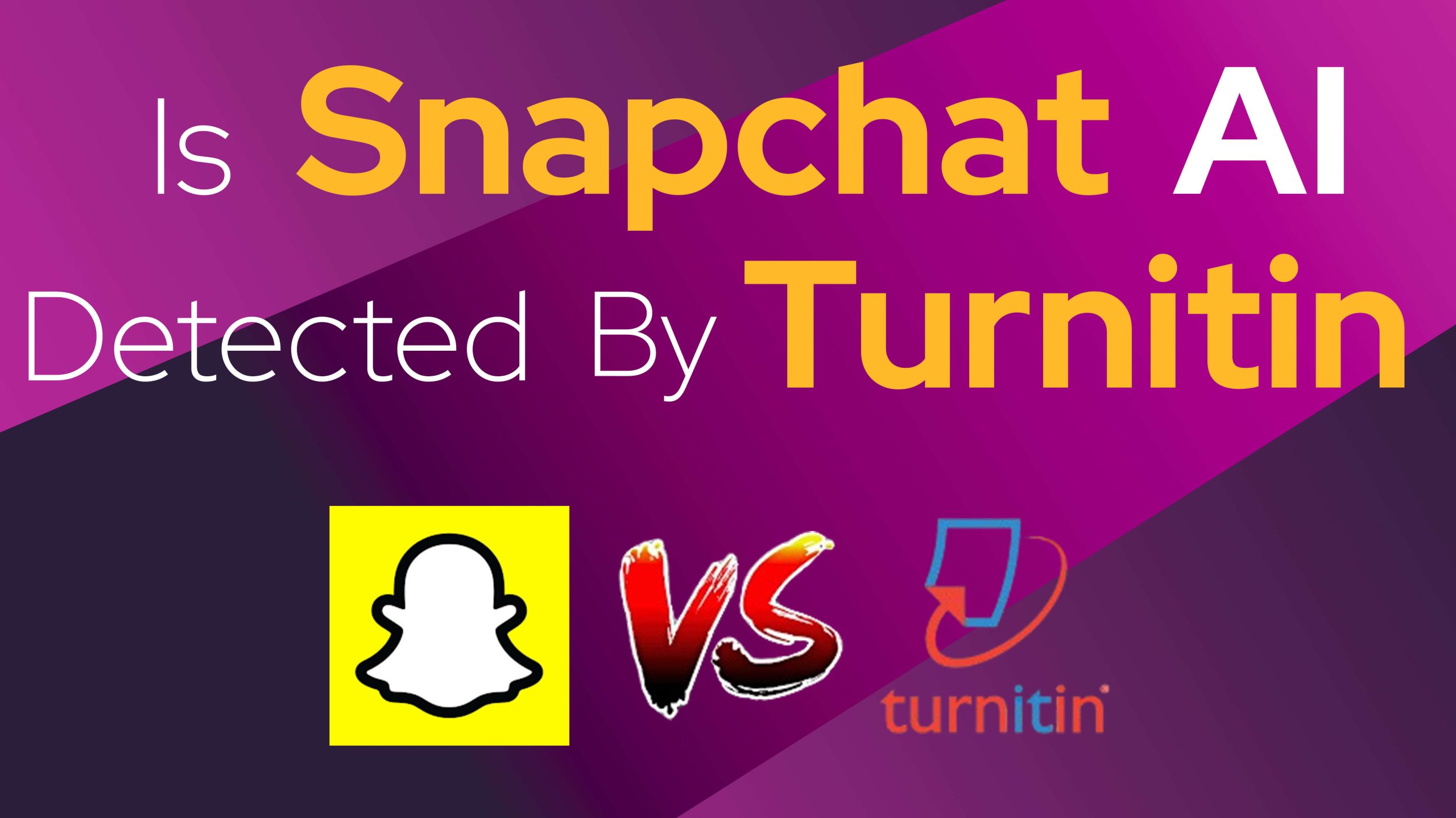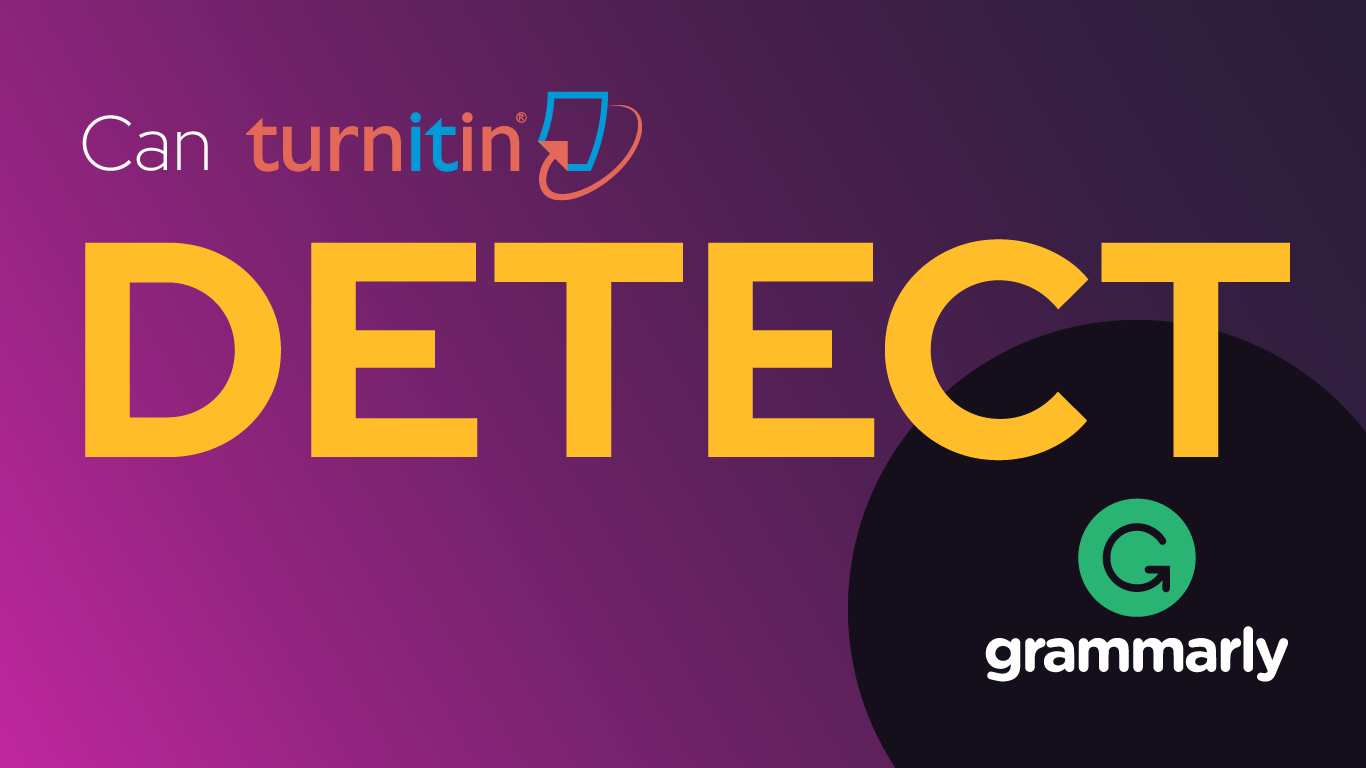Turnitin is a popular tool used in schools to spot copied work. But people often wonder: can it find work that’s been translated by Google Translate? This piece explains how Turnitin works and if it can spot translated material. It’ll also give tips on how to use translation tools without being accused of copying.
Understanding Turnitin’s Functionality
Turnitin is a tool that hunts for copies. It goes through what you’ve written and checks it with a lot of other works like school papers and information on websites. If it finds things in your work that are just like something somewhere else, it points this out. Then it makes a report that shows how much of your work matches with others. It always tries to get better at finding these similarities.
Is Turnitin Able to Spot Text That’s Been Translated?
Turnitin has a way to catch translated text. This is done by a tool called Translated Matching. It works in a way where it changes non-English words into English. Then, it looks at these words and compares them to what it has in its database. If the changed words match with anything in its database, it shows a red flag for possible copying.
Sure thing, here’s an easier way to understand it:
The ability of this detection to work well depends on different things:
- First, there’s Language Support. Translated Matching by Turnitin can understand a lot of languages, like French, German, Italian and Spanish. It can change these languages into English to check them.
- Next, there’s the Quality of Translation. Tools that convert language automatically, like Google Translate, can create text that keeps the same sentence structures and phrases. This makes it easier for Turnitin to spot patterns and things that look alike.
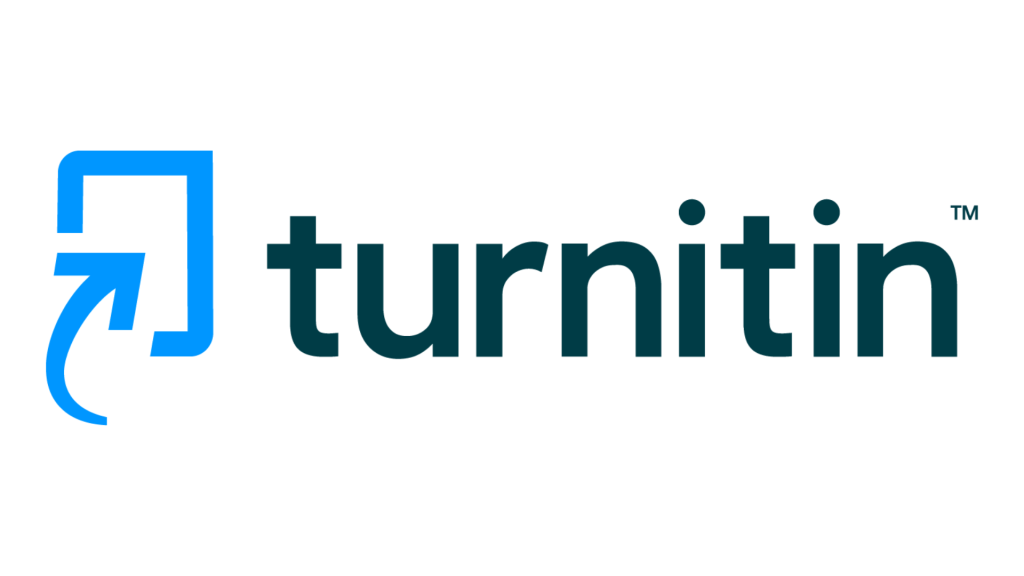
Can Turnitin Detect Google Translate Usage?
Turnitin doesn’t directly say it can spot work translated by Google Translate. But, it uses certain techniques that can figure it out indirectly:
- A List of Regular Translated Phrases: Turnitin has a list of phrases often spit out by Google Translate. If a submission is full of these phrases, it could raise a red flag.
- Inspecting How Sentences Are Put Together: Turnitin examines how sentences are built and looks for patterns you’d usually see in translated text. If many sentences in a document are structured like those made by translation tools, the document could be flagged.
Barriers of Turnitin’s Detection
Although the tool Turnitin shows strong performance, it does also have some weak spots:
- Human Translations: Content that humans translate can often slip through Turnitin’s detection, since human translations contain greater subtlety and don’t follow rigid patterns like machine-translated texts.
- Detecting Non-English to English: Turnitin mainly excels at discovering texts translated into English. However, it struggles to spot content that’s been translated from English into other languages.
How to Easily Dodge Plagiarism: Top Tips
When you have school work that needs translation tools, here are a few suggestions to keep your work fresh and unique:
- Instead of simply rehashing the converted text, make the information your own by expressing it in a new way.
- Make sure to mention where your information came from when you’re changing things into different words. This is like saying thank you to the one who first spoke or wrote it.
- Go for Expert Translators: When it comes to vital papers, thinking about getting help from expert translation services is a good idea. They can give more precise and natural-seeming translations.

Looking for Other Options than Turnitin
Are you seeking different options for spotting copied work, instead of Turnitin? Here are some choices for you:
- Grammarly: Direct and easy to understand: Grammarly does more than just check your grammar. It can also spot if your work copies from lots of other stuff on the internet.
- Copyscape: This handy gadget checks if stuff on the web is fresh and unique. It’s good at spotting copies.
- Unicheck: Unicheck is a handy tool. It can spot copied work in no time. Also, it can blend seamlessly with different teaching control systems.
- Netus.ai: Netus.ai is a neat tool. It can find copied or AI-written content. It uses special methods and focuses on being right. It’s good at spotting tricky duplication or AI-made writing. This makes it great for schoolwork and professional use.
How Google Translate’s Algorithms Shape Detectability
Google Translate uses something called neural machine translation, or NMT for short. It learns from tons of written material in lots of languages, and uses what it learns to make its translations. It’s really good at keeping the same meaning and sentence structure as the original text. But, this also makes its translations easy to spot.
For example, a tool called Turnitin’s Translated Matching can spot patterns that are typical of machine translations. Things like word-for-word matches, stiff sentence structure, or repeating the same phrases. Google Translate can also lean on certain phrases or ways of constructing sentences, and this can be like a signal flare when the translations are checked against large libraries of translated text.
The Role of Context in Translation Detection
The situation, or context, is really crucial when picking out those tricky translations. Without it, it’s often easy to tell when a machine, like Google Translate, has done the work. These machines grapple with those subtle or wishy-washy phrases and the end result often sounds too word-for-word, or not quite right. A software called Turnitin uses this flaw to its advantage by checking if the newly translated text fits the usual usage in the new language.
For instance, when Google Translate encounters common expressions, it might keep the original format but lose the actual meaning, making it a piece of cake for detection tools to find. In contrast, translations done by people are way better at adjusting the context, making it a real challenge for Turnitin to find them. This really goes to show how pivotal analyzing context is for higher precision in spotting these translations.
Limitations of Machine Translation in Academic Work
Online tools like Google Translate sure do make things easy. But, they’re not perfect, especially for classwork. The issue is machines often miss the deeper meaning needed for school papers. Straight translations can lead to funny sounding text or lose subtle meanings, and that can hurt the quality of the work.
Also, using Google Translate might cause issues with honesty if students use it to copy text from languages other than English without giving credit. Sites that check for copying, like Turnitin, might flag these translations if they match too closely with existing content. This could cause problems for students who forget to put things in their own words or give proper credit.
Improving Translation Practices for Academic Success
When you’re trying to smartly and competently use language converting tools for your school assignments, there are some things you should do:
- Rework What’s Converted: When you’d used Google Translate, change the result to your own words. This helps you sound original and avoids detection.
- Try Professional Language Converters: If you’re working on crucial school papers, think about using expert language conversion services. They are more precise and understand what you’re talking about better.
- Give The Correct Credits: Always give recognition to where you got the content from, even when it’s translated. This keeps your work honest and stops copying other people’s work.
- Mix and Match Tools: Start with Google Translate, but make it better with tools that improve language or check it over yourself.
- By taking these steps, you can make full use of language tools without causing any harm to your work’s quality or being genuine.
Papers Owl: 96.0% Similar
Future Trends in Translation Detection Technologies
As tools for catching copies and sneaky swaps in words get better, they’ll be able to do way cooler stuff. Future gadgets will be even smarter, understanding way more about what words really mean. It’ll make it super hard to hide words that have been swapped from another language.
Imagine large language helpers, like OpenAI’s GPT, becoming a part of these sneaky-word detectors. They could guess if a computer has swapped languages just by the style of writing or weird markers in language. Improved support for many languages will also be a big win, letting tools like Turnitin catch swaps in and out of more languages.
Final Thoughts
Turnitin is clever. It finds translated text very well, mainly when Google Translate gets used. But, it’s not perfect. Human-made translations can often slip by undetected. For honest school work, it is better to reword and quote sources correctly. Knowing how Turnitin operates and using translation tools the right way can stop the copying. This way, your work stays original.
FAQ: Can Turnitin Detect Google Translate Usage
Is Turnitin able to spot translations from non-English languages?
Yes, using its Translated Matching tool, Turnitin can pick up translations from various languages to English. But, when it comes to spotting translations from English to other tongues, it’s not as skilled.
Can using Google Translate be seen as plagiarism?
Using the tool isn’t seen as stealing. However, if you take the translated words and use them word-for-word without saying where they came from, that’s when it could be seen as stealing. It’s a good idea to put things in your own words and tell people where you got the original information from.
What can I do when Turnitin says my translated work is plagiarised?
If this happens, look at the similarity report. This will show you where the matches are. Make these sections different by paraphrasing and always credit the original work.
Related Posts
Through digital leadership we empower people to leverage the opportunities in global economy

